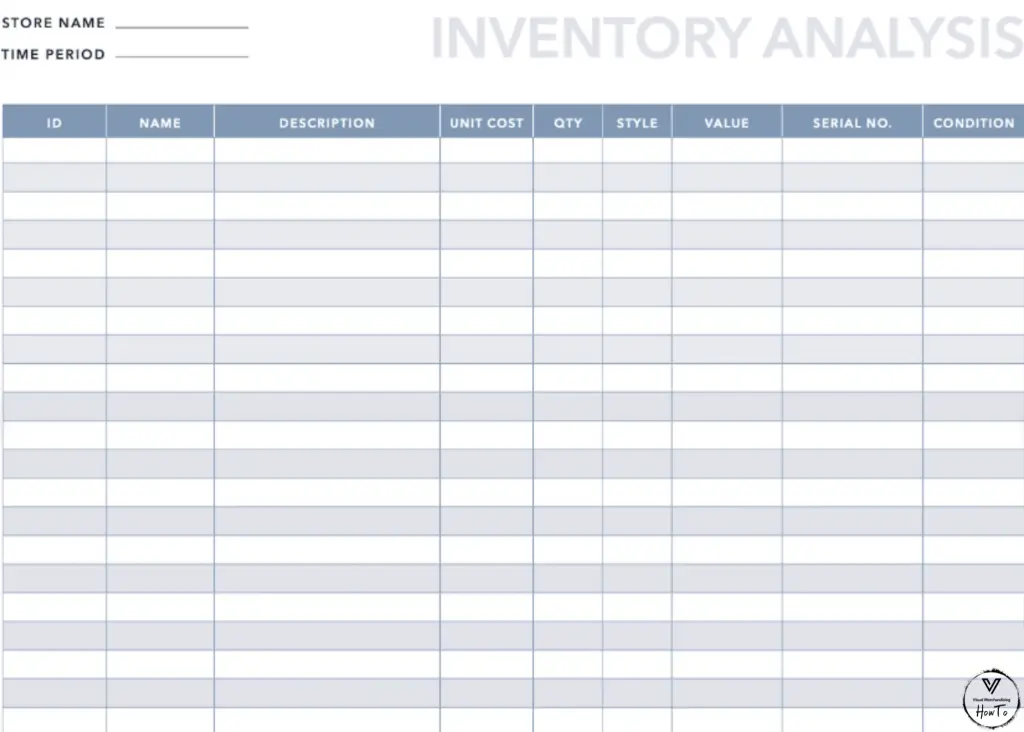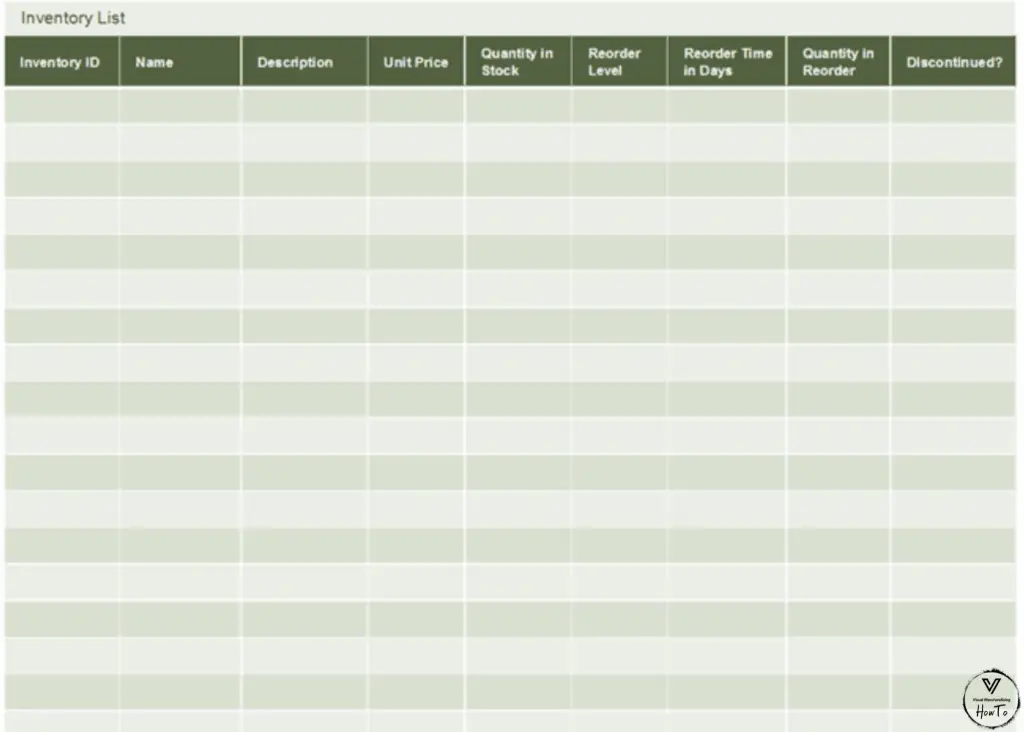How to Improve Inventory Planning
On several occasions, I have walked into a store only to find the clutter of one product aimlessly placed in an attempt to draw attention and sell. Instead of enticing me to purchase the product, all I wanted to do was get around it, and move to another location in the store. This was a presentation of overstocked inventory that caused chaos more than anything else. I took my dissatisfaction with the display directly to an employee who stated that the merchandiser double ordered the inventory, and the store needed to move it as quickly as possible. I told the employee that the display was not an effective way to showcase the product. Inventory planning, which is an action plan for inventory management, was not evident in this case. Having extra inventory on hand to meet the demand does not mean having so much of that product as to create an unappealing visual merchandise display.

Good inventory management is a necessity when the responsibility of providing for the demand for a product overwhelms, and not minimizes, the cost of carrying excess merchandise. Inventory plans can detail information on every item, and provide a visual representation of supply and demand for the user. It also allows the planner to make sure that sufficient materials are available to supply all current and incoming demands. Additionally, it ensures that enough time is allowed to purchase or manufacture more goods. The biggest part of a business’s assets is often represented in the inventory. Having merchandise on hand allows companies, organizations, and businesses to continue operations, but having too much can be damaging to the cash flow.
Improving inventory planning
Start the inventory plan with a grid that has information about all inventory items in stock, and where they are stored. It also shows on-hand quantities, and the total supply and demand for each item. It has rows that represent different items, and it is searchable. This allows users to find items quickly by typing in the name of the item in the search box. This grid can be on the desktop or app, and has an Options button where the user can filter the list. Changes in inventory levels for certain items are shown in the On Hand Plot. The quantity represents the amount of the item that is readily available.
The adjustment tab on the grid displays demand, supply, and net inventory of an item in a specific time frame. The item details tab allows the user to make any changes if the information is updated. This includes cost, item group, and source. The warehouse and inventory tab allow the user to update the warehouse where the inventory is usually obtained. Some vendors will use updated manufacturers and warehouses, and having an updated record of this can help eliminate double ordering. Large retail stores will probably use an already made grid, but small businesses and stores can benefit from using a grid that is not as complicated, but gets the job done accurately.
In order to improve inventory planning, there must be a system in place that contains all merchandise information and data, ordering information, supply and demand records, and costs. A plan like this can be devised in-store, or by using one that is provided online. Large retail chains use one that is generated especially for them, but small retail stores can draft their own plan that is more suitable for their needs. The key to inventory management is to have a good inventory plan that is designed to meet the needs of a specific business. An important fact is that the inventory does not get overstocked, nor fail to meet the demand. If there is an upcoming sale, for example, and the product is a best seller, there should be ample supply based on previous sales and everyday product movement. You want to have enough for a beautiful visual merchandising display, and keep it complete for the duration of the sales event. This is where an inventory plan is most beneficial.


It is essential to be able to plan merchandise according to previous inventory records. Information from the previous year is worth more to the success of a business than just making a guess about profit and loss. It is easy to fall into a pit with excess merchandise. Even some popular items may not sell well in certain areas. If a proprietor owns several stores around the same city, the same inventory may not suffice for all stores. Grocery stores that are located in different areas of the same city plan their inventory according to the populations that make up diverse neighborhoods. What is found in one store may not be available in the store across town. This is careful inventory planning for the success of all stores under one umbrella. This is evidence of a good action plan for inventory management.
Improving retail inventory planning is finding a method of checks and balances that works well for a specific business. It is better for business when merchandise can be checked without personally counting items and subtracting them from weekly sales receipts, or something to that effect. A method like this only leaves room for many errors, including overstocking by ordering too much inventory. There are several inventory plan grids online that are available to help improve inventory planning. All merchandisers can not create a workable one that will meet all the needs of a business.

A grid that is proven to improve retail inventory planning is the solution to alleviating too much outdated merchandise. Retail is not the only business that holds inventory. “Even service organizations, such as hotels, or software development companies, keep maintenance, repair and operations (MRO) stock to support the business.”
Ensuring that supply and demand are met, and cash flow is continuous, is the main objective of having a good, workable inventory plan. The need for an improved plan becomes evident when merchandise does not move as expected.
Other Key terms:
- 5 ways to improve inventory control
- How to improve inventory control
- Inventory management improvement plan
- Improving inventory management in small business
- Solutions for inventory management
- How to improve inventory turnover
- Inventory management process






